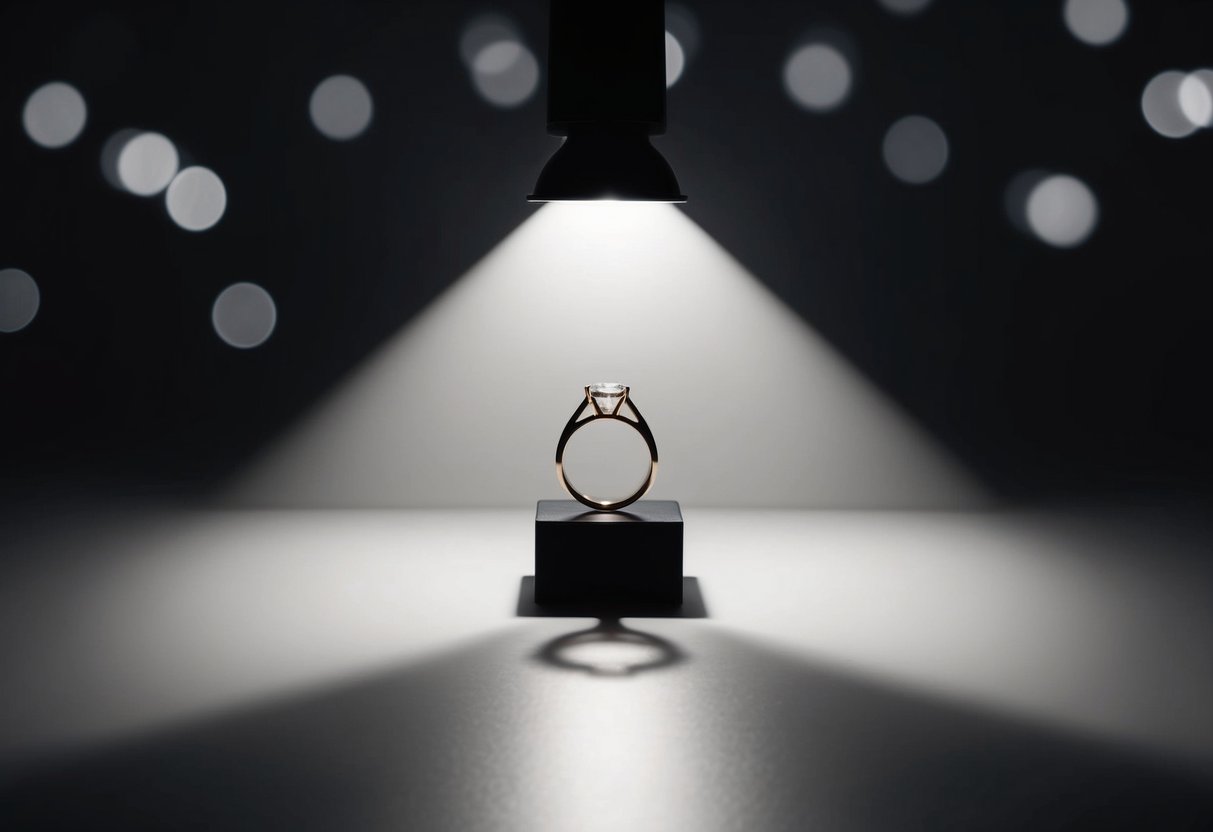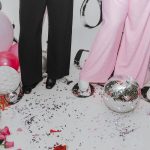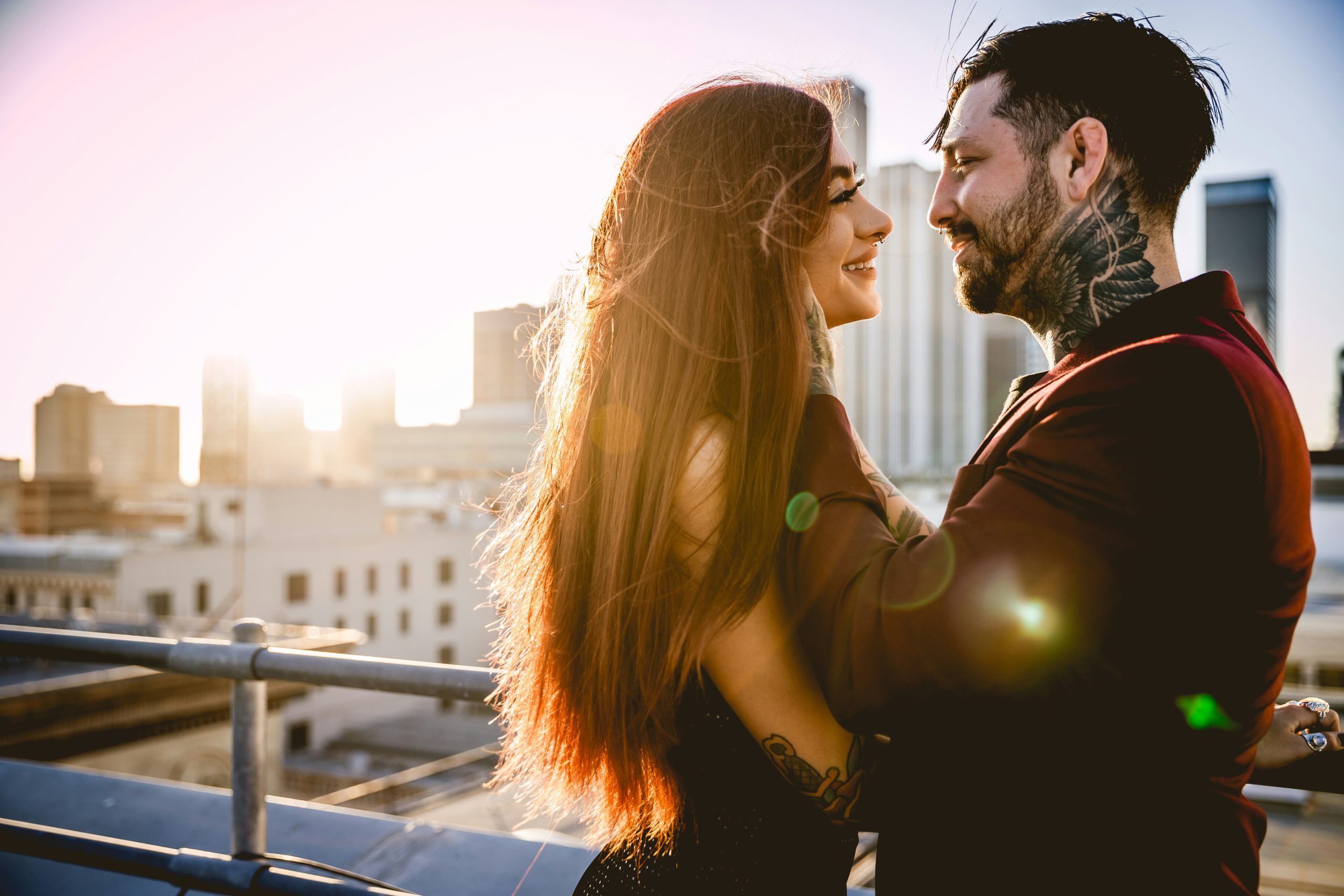Highlighting the Best Features
Each individual possesses unique features that deserve to be accentuated in portrait photography. This involves identifying what makes the subject stand out, whether it’s a prominent jawline, high cheekbones, or radiant skin. The camera angle plays a crucial role here; for example, shooting slightly above eye level can enhance facial features and avoid unflattering perspectives.
Front lighting works well for smoothing skin textures, while side lighting can add dimension and emphasize contours. Subtle makeup and styling can also enhance the subject’s best attributes, ensuring they shine in the final image. A careful balance of these elements supports a visually pleasing composition.
Portrait Lighting Techniques
Lighting is a powerful tool in portrait photography, directly influencing mood and tone. Soft light creates gentle, flattering shadows, often used for romantic or intimate portraits. Positioning a softbox or using a large window provides effective diffused light. Conversely, hard light from smaller, direct sources can introduce dramatic effects, adding shadows that highlight the subject’s texture.
Rembrandt lighting, characterized by a small triangle of light on the cheek, is a classic technique that adds depth and sophistication. Loop lighting, which creates a small shadow of the nose on the cheek, adds gentle shadowing. Understanding these methods enables photographers to achieve versatile and stunning tonal results in their portraits.
Lighting Equipment and Technology
Effective lighting plays a pivotal role in capturing captivating engagement photos. Innovations in LED lighting and versatile equipment such as moving head lights have revolutionized how photographers manipulate light. Gels and diffusers are essential tools, offering subtle adjustments to achieve desired effects.
LED Lighting Innovations
LED lighting has transformed photographic lighting with its flexibility and energy efficiency. These lights offer a wide range of color temperatures, allowing photographers to adapt the lighting to match the desired mood or setting. Modern LED lights are battery-powered, making them portable and suitable for on-location shoots. Their long lifespan reduces the need for frequent replacements, a valuable asset for busy professionals.
A notable advantage is the capability of continuous light without flicker, crucial for capturing high-speed shots without distortion. The ability to adjust brightness levels precisely ensures control over the illumination. As LED technology advances, additional features like smartphone app control and integration with other smart equipment have become common. This makes them an indispensable tool in a photographer’s kit.
Moving Head Lights and Their Impact
Moving head lights provide dynamic lighting possibilities, often used in dramatic engagements and events. These lights can rotate and tilt, casting versatile beams across different axes. This offers photographers the flexibility to create varied effects within the same scene. The impact lies in their ability to produce dynamic shots by altering angles and intensities swiftly.
Controlled via DMX consoles, moving head lights can create synchronized patterns and effects, enhancing the visual storytelling aspect. They offer a wide range of color options, allowing for creative experimentation during shoots. Their adaptability makes them suitable for diverse environments, whether capturing spontaneous moments or meticulously planned scenes.
Understanding Gels and Diffusers
Gels and diffusers are vital for photographers seeking to modify lighting subtly or drastically. Gels are colored sheets placed over light sources to change color temperature, perfect for setting a particular mood or matching ambient conditions. The softening effect of diffusers is crucial in reducing harsh shadows and creating softer, more flattering light.
Diffusers help spread light evenly, reducing contrast and highlighting features naturally. Photographers often use a combination of these tools to balance natural and artificial light, creating images that feel cohesive and harmonious. Mastery over gels and diffusers enhances a photographer’s capacity to deliver stunning visuals tailored to the unique demands of each shoot.






